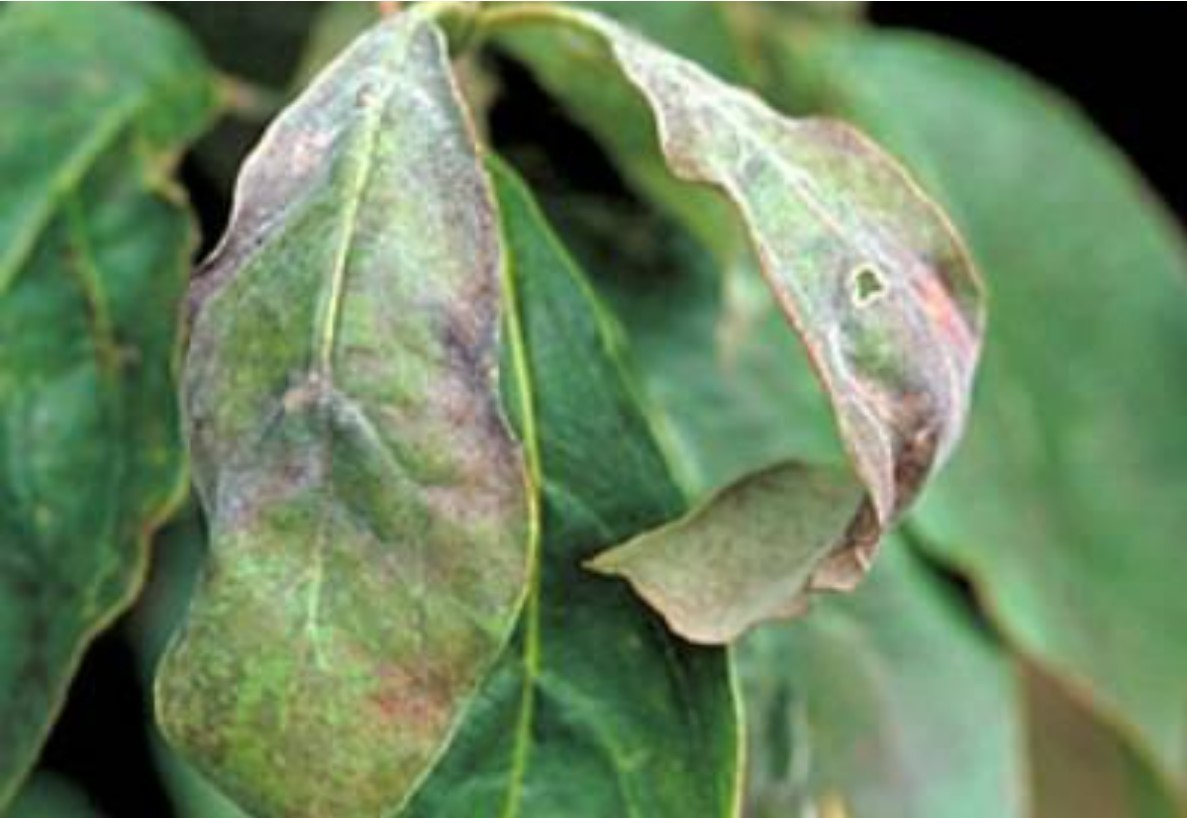Powdery mildew in trees is a fungal disease that affects the leaves, stems, and sometimes flowers of trees. It is caused by several species of fungi, including Erysiphe pulchra, Podosphaera leucotricha, and Phyllactinia guttata.
Powdery mildew in trees is more likely to occur in areas with high humidity and moderate temperatures, especially during the spring and fall. Growing conditions such as close spacing, densely growing plants and shade can promote disease development. The disease can also be spread through infected leaves and debris, as well as by insects and birds.
In severe cases, the growth of the tree may be stunted, and the overall health of the tree may be compromised.
Sign and Symptoms
The symptoms of powdery mildew on trees typically include the presence of a white or grayish powdery growth on the surface of the leaves, stems, and flowers. As the infection progresses, the leaves may become distorted, curl, or yellow, and may eventually fall off the tree.
Prevention
Watering & Fertilizing
- Avoid excessive watering which creates higher humidity around plant parts.
- Fertilize your tree regularly to maintain the vigour of your trees.
Planting
- Space plants appropriately to reduce humidity and increase air movement.
Sanitizing
- Remove infected leaves if practical, prune out disease wood and rake up and destroy all dead, infected leaves. Do not compost infected plants.
Control - What you need an arborist to do
Pesticide
- Fungicides containing sulphur or triforine can be sprayed when the disease is first noticed


Tree Health Issues
Wondering about costs?

